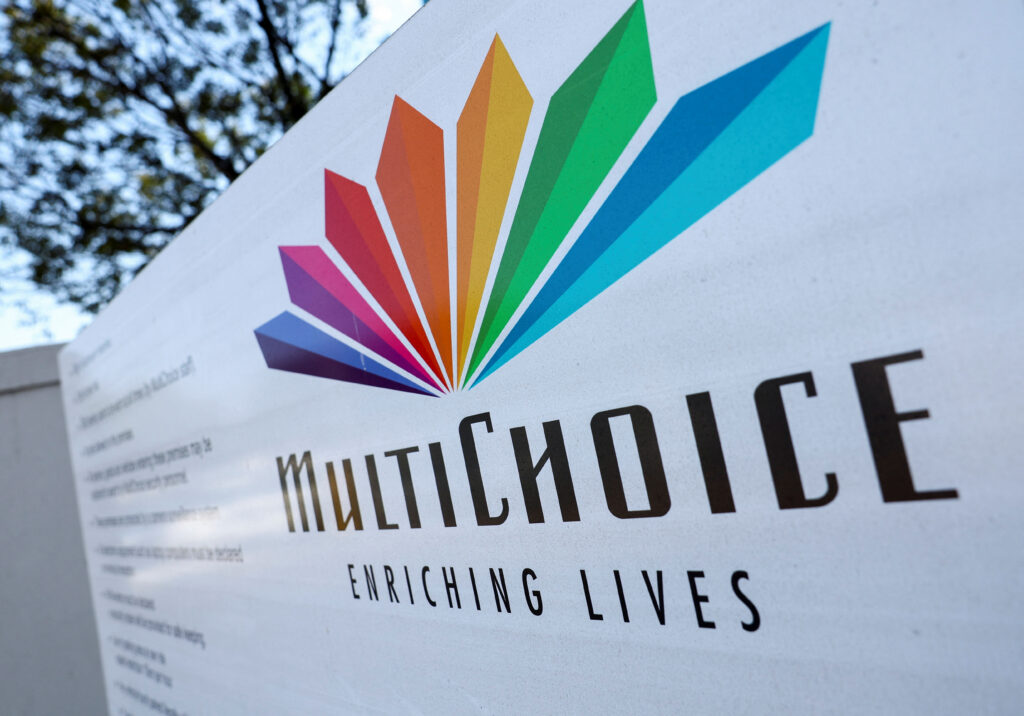A wonderfully rich visualisation of electricity data by the Centre for Renewable Sustainable Energy Studies (CRSES) at Stellenbosch University shows that both peak demand from Eskom and total system energy demand are now at the lowest levels since 2002/2003.
Because of recurring load shedding since 2008 – which intensified to particularly severe levels in 2022 and 2023 – total system energy demand would necessarily be lower. Annual system peak demand is now not even 32 gigawatts (GW), far below the 37GW level in 2008.
ADVERTISEMENT
CONTINUE READING BELOW
Industrial demand has not exactly been growing. In fact, the country has seen a structural decline in industrial capacity over the last two decades.
BHP (then BHP Billiton) shut its Bayside aluminium smelter in Richards Bay in June 2014, leaving only Hillside, which remains the largest smelter in the southern hemisphere. The smelter is Eskom’s largest industrial customer (1 205MW), consuming about 5% of its total sales.
The travails of ArcelorMittal South Africa are well known, with its long steel operations limping along, propped up by state support (for now).
Read:
Mining customers are also abandoning Eskom, by commissioning solar projects or by contracting supply via wheeling from other private providers.
Gold Fields’s South Deep completed a R715 million 50MW solar plant (Khanyisa) in August 2022. The mine consumes around 494GWh of electricity a year, while the plant can generate about 103GWh.
One factor that has driven down consumption and the peak is self-provision via photovoltaic (PV) solar and battery systems by private households.
Those with the means have installed systems and are practically off-grid, with Eskom/municipal supply in place only as a backup for cloudy/rainy periods.
Eskom itself last week admitted that the five days of Stage 2 to Stage 6 load shedding at the end of February were due to “low solar power generation (high cloud cover)” aggravated by trips totalling 4 400MW.
Eskom’s latest estimates put privately installed ‘rooftop’ PV capacity at 6 200MW.
Solar PV installations under government’s Renewable Energy Independent Power Producer Procurement Programme (Reipppp) total about 2 300MW.
The CRSES notes that “by May 2024, the capacity of embedded PV was almost double that of utility-scale PV”.
“This contributes to South Africa’s generation capacity, assisting with the mitigation of generation adequacy problems resulting in load shedding.”
Private residential installations accounted for 11% of the capacity at the end of 2023, with small-scale commercial and industrial installations totalling about a third of capacity, and utility-scale installations (the bulk of which will be under the Reipppp) another third. Larger-scale commercial and industrial installations are just over 20% of PV capacity.
The CRSES says electricity intensity, which measures the electrical energy used per gross domestic product (GDP), has “declined sharply from 2002, mirroring an international trend towards more efficient electricity usage”.
Coupled with this, “South Africa saw a significant rise in electricity costs between 2008 and 2023 (720%), which far outpaced SA’s inflation during the same period (215%), strongly incentivising more efficient electricity use and, from the mid-2010s, self-generation.”
Aside from significant transmission constraints, which the National Transmission Company of South Africa (and before its unbundling, Eskom itself) has detailed, there are other challenges when adding increased renewable energy generation capacity.
The report highlights that a challenge “typically experienced in power systems transitioning to significantly increased amount of renewable energy generation, is flexibility: a measure of how quickly the generation and load on a power system can respond to changing conditions”.
“SA’s current power system, dominated by coal, has very low flexibility which needs to be addressed as a matter of urgency as the share of renewables continue to rise.”
Output at midday from PV tends to easily be 3 000MW with ‘reasonable’ weather across much of the country.
This poses a challenge for the system operator as it has to balance so-called base load supply from coal generation units with demand (by cutting back supply from those power stations), as the output from PV plateaus.
The CRSES says more PV “will result in increased ramping being required from the rest of the system in the morning and evening”.
“This phenomenon is commonly referred to as the duck curve. This can become a problem when the size of the required ramp starts to strain the ramping capabilities of the system. The drastic difference between 2024 and 2030 evening residual demand ramping is shown by the red lines in the chart above.”
Read: Grid operators: Managing more renewables increasingly challenging
There are very few sources that can ramp this quickly. In Eskom’s current generation mix, only its pumped storage schemes (2 300MW) and open cycle gas turbines (2 000MW, and which run on diesel) are capable of this, with a very limited contribution from small-scale battery storage systems (mostly pilots).
It is going to need a lot more than this going forward, which is why government has somewhat sensibly been pursuing a gas peaking plant strategy.
At long last Eskom is moving forward with an additional 1 500MW pumped storage scheme in Limpopo through a private-public partnership model.
Aside from that, we have an already-outdated integrated resource plan from 2023 (which was at least a little more coherent than the one from 2019).
A gas peaking plant will take at least 18 months to construct from the point that an investment decision is made, with typical build times of three years. We’re running out of time.
Follow Moneyweb’s in-depth finance and business news on WhatsApp here.

 6 days ago
1
6 days ago
1



























 English (US) ·
English (US) ·